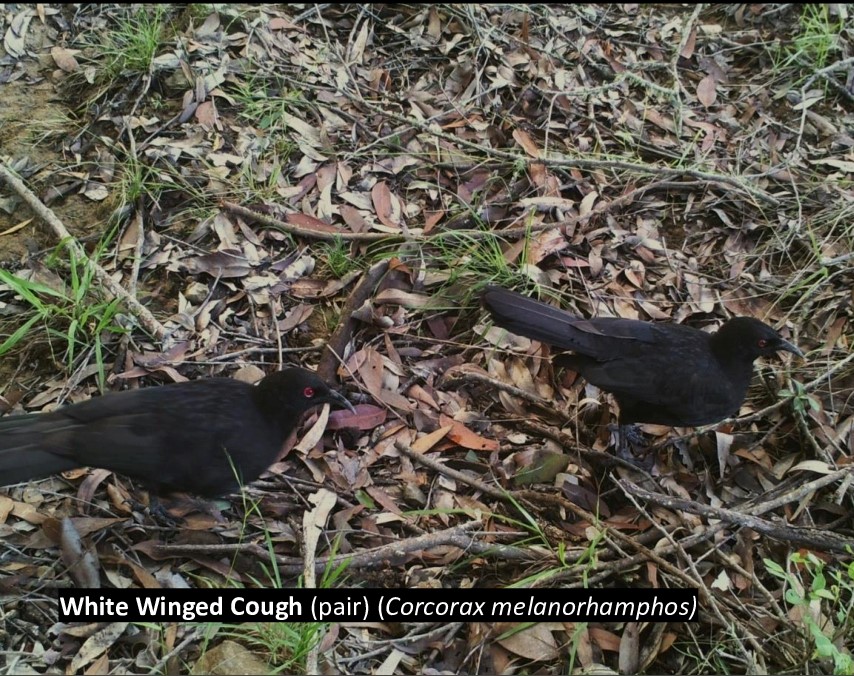“Restoring Ecosystems for the future of all Flora and Fauna”
Ecological restoration is a relatively new field that is expanding in Australia.
Providing specialised services which initiate or accelerate the recovery of impacted or damaged ecosystems, resulting in healthy, sustainable and functional ecosystems. We use the Society of Ecological Restoration (SER) guidelines on all of our projects for all aspects.
We understand the importance of “Wet Forest” ecosystems within the NSW Lower North Coast and Sydney Basin bioregion. Go to our ‘Rainforest Suballiances’ page to see examples of the different rainforest types and forms that we specialize in within these areas.
Below is one of the rainforest types (Suballiances), the Weeping Lilly Pilly – Water Gum (Suballiance No. 26: Waterhousia floribunda – Tristaniopsis spp.). See our page ‘Rainforest Suballiances’ for images of other rainforest suballiances in these regions.
What is it?
Ecological restoration is a specialised activity that seeks to recover damaged ecosystems, by placing them back onto their historical trajectory.
Unlike Bush regeneration, Ecological Restoration not only removes the weeds, but returns back the full complement of plant species which were once present.
How is it done
The process of ecological restoration begins with a Floristic Survey, which identifies which suballiance the forest belongs to.
A Fauna Survey is also undertaken. This helps identify the animal species present onsite and helps to identify which animal species are missing, this also identifies plant species present but not visually seen, as well as those that are not present based on flora and fauna co-dependence.
The next stage involves a Plan of Management, (sometimes called a “Vegetation Plan” or “Bush Management Plan”) which is a detailed plan and guidelines which allows a person to restore and maintain the forest.
Once the Plan of Management is complete, work can begin to ecologically restore the forest.
Services
- Chemical spraying of invasive weed species (Non-surfactant based).
- Forest type identification and relevance to the site.
- Specific tree identification.
- Restoration of current and historical Flying Fox camps.
- Ecological restoration of the grey-headed Flying Fox camps.
- Creation of new Flying Fox camps away from residential zones.
- Writing site specific Plans of Management.
- Bush regeneration.
- Removal of weed trees and replacement with native trees.
- Finding funding on clients behalf.
- Complete flora survey and report.
- Complete fauna survey and report.
- Ecological restoration of waterways and degraded lands.
- Ecological Restoration of Wetlands
Below is an example of one of our projects, The Restoration of Magenta Lilly Pilly habitat (Lowland Subtropical Rainforest) from 2014 to 2018.
Floristic Survey
We offer a range of floristic surveys from basic to complex.
These surveys provide you with any information that you may want to know about your forest.
The information that you can obtain includes:
- A basic to comprehensive plant list.
- Vegetation communities present.
- Missing or extinct species.
These surveys can go hand-in-hand with a Fauna Survey and a Plan of Management.
Fauna Survey
We offer a range of fauna surveys from basic to complex.
These surveys provide you with any information that you may want to know about the animals which may be living on your property.
The information that you can obtain includes:
- A complete list of the animals present including mammals, birds amphibians and reptiles.
- Missing or extinct species.
- Threatened species.
These surveys can go hand-in-hand with a Floristic Survey and a Plan of Management.
Consultation
With our consultations, we will inspect the site, talk to you about the services that you require and offer you any other information that you may require.
If you feel that you will need more than one hour, please include that in the initial contact and we will be more than happy to oblige.
Consultations may incur a small fee.
Grants
We have the ability to help people find grants that are appropriate for the task that is required. In finding these grants, if they are successful, they remove the financial burden of ecological restoration on the landowner.
To apply for grants, we will assess your property and the work that needs to be done, and will provide you with that information so that you are able to apply for any grant opportunities suited to your needs.
Grants can be based upon a number of terms, including, but not limited to, Endangered Fauna and Flora, Rainforest / Sclerophyll forest restoration, Education and Eco-tourism.
Plans of Management
Plans of management are in-depth documents, which describe in detail:
- All aspects of the property,
- The forest types present,
- The forest structure including what trees are missing,
- Ecological significance of the forest and the benefits,
- Complete fauna survey noting the fauna species in the area as well as those which are missing,
- And the process to rehabilitate each site.
These Plans of Management are very intricate and require many hours work to complete. However, once finished, it is a complete guide to the restoration of the site.
Fauna from sites we surveyed.












